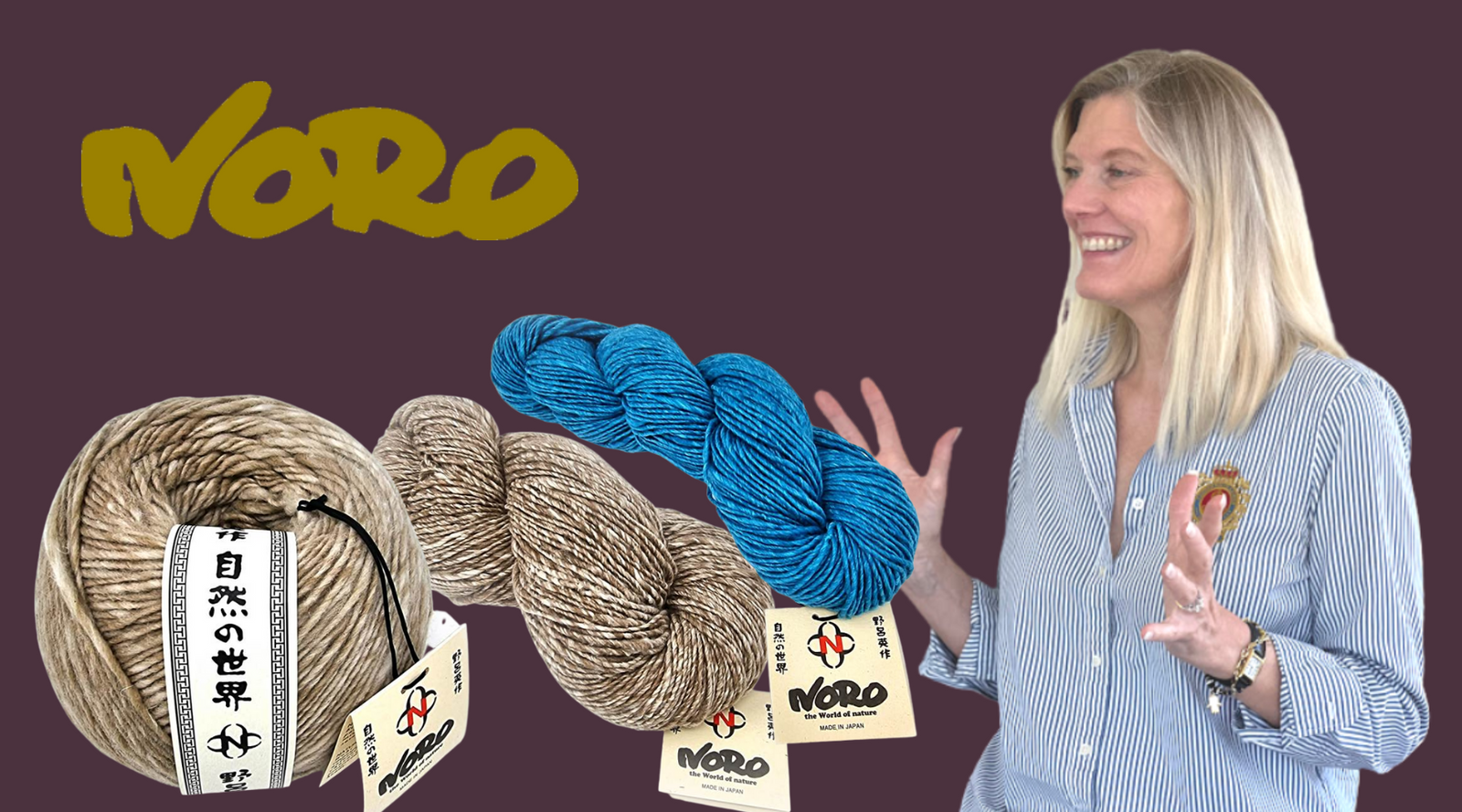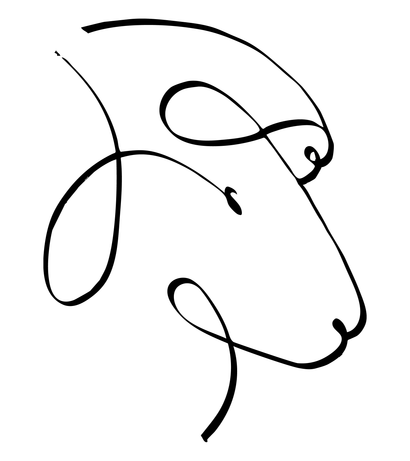Free shipping on all domestic orders over $150
Free shipping on all domestic orders over $150
Shop
Add description, images, menus and links to your mega menu
A column with no settings can be used as a spacer
Link to your collections, sales and even external links
Add up to five columns
Add description, images, menus and links to your mega menu
A column with no settings can be used as a spacer
Link to your collections, sales and even external links
Add up to five columns

New Noro Yarns - a blending of fibers
November 28, 2022 2 min read
We have talked in the past about how blending ingredients – in products from wine and chocolate to yarn – can improve the final product. I wrote about this concept a bit last year in this post,
Why are yarns blended?
Almost all yarns are blended, whether the label says so or not. Unless otherwise noted, fibers in yarn labeled simply wool might come from a variety of sheep from all over the world. This blending isn't necessarily a bad thing but rather can help ensure availability and keep the product of consistent quality. However, when different fibers are included in a yarn, each must be listed separately, and they are listed in order of percentage by weight.
Does blending improve yarn?
Yarns are blended for both functional and aesthetic reasons. When you look at yarn in the shop, you are likely to find at least two varieties of fibers on the label - perhaps wool and alpaca, or wool and nylon, or cotton and polyamide. these blends help ensure the yarn you use has a nice hand, is bouncy and elastic, and will create a fabric that lasts. Polyamide (the generic word for Nylon, is strong and improves a yarns durability and tensile strength. Wool adds elasticity and warmth, alpaca adds softness, and so forth. These are some of the functional reasons yarn is blended. .
In last year’s article, we talked a good bit about the functional reasons for blending fibers, but I want to talk a bit more about the aesthetic reasons, such as with two of Noro's new yarns for Fall Winter 2022: Haunui Silk, and Kashirukuru
In their new yarn, Haunui Silk, Noro has blended their beautiful 100% traceable New Zealand Haunui wool with natural silk.

However, rather than combing and carding the two fibers together completely, they are spun so that the two fibers are very visible in the final yarn. You can see and feel both the silk fibers and the wool. The silk lends its magic to the wool, and vice versa. The result is a lovely softly marled yarn that highlights the elegant rustic beauty of both undyed fibers. The knitted fabric is subtle and slightly marled, depending on the level of contrast between the Haunui wool and the silk.
Kashirukuru, another new Noro yarn, combines silk, Wool, cashmere, and polyamide.

Each fiber brings its own particular magic to the table. Silk brings luster, wool brings elasticity, cashmere, brings luxuriant softness, and polyamide brings strength. The Kashirukuru fibers are more thoroughly blended than in Haunui silk, but not completely. If you look closely, you can still see slight variations in the color where the various fibers take the dye differently. From a distance, the yarn reads as a solid color, but is more interesting and sophisticated.
Join me Wednesday, November 30 on YouTube when I'll be swatching and reviewing these two yarns as well as Noro Malvina.
Warmly,
Ellen
If you like this article, please share.

